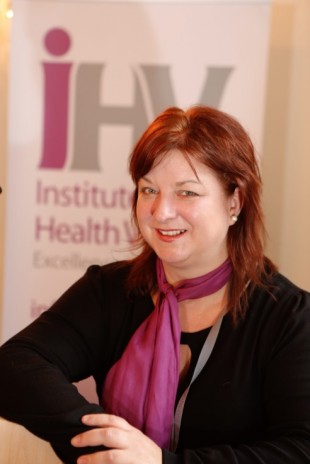
 Every child is entitled to the best possible start in life. We know health visitors, working with and supporting families during the crucial early years of a child’s life can have a profound impact on the health and wellbeing of young children and their families
Every child is entitled to the best possible start in life. We know health visitors, working with and supporting families during the crucial early years of a child’s life can have a profound impact on the health and wellbeing of young children and their families
The 0-2 year period is of fundamental in creating solid psychological and neurological functions to optimise lifelong, social, emotional and physical health, and educational and economic achievement. Two years of age is a significant milestone within a child’s life as it is a good indicator of how well the child is developing, their predicted school readiness and their longer term outcomes. It is also a crucial stage when problems such as speech and language delay or behavioural issues become visible.
Parents often have questions or queries about their child’s growth and development. The Healthy Child Programme 2-2.5 year offered to all children across England review provides ideal opportunity health visitors to work in partnership with parents to discuss their child’s development, assess need and identify problems or issues at the earliest opportunity. The review includes;
- speech, language and communication
- personal, social and emotional development
- physical development
- learning/cognitive development
- physical health
Child development at 2 – 2½ years can be improved through delivery of evidence-based parenting programmes and through close working with Children’s Centres and Early Years teams. Evidence-based prevention interventions in early life can make a difference to life-long health and wellbeing, education achievement, economic productivity and responsible citizenship throughout life and achieve significant cost savings. Furthermore, they help to break the cycle of disadvantage setting up the next generation to enjoy better health outcomes than the last.
There is a strong association between increased disadvantage and poor outcomes for children. Barely a third of children from low income backgrounds reached a good level of development at the age of five last year – and in some areas it was less than a fifth (Annual Report of the Chief Medical Officer 2012 (2013) Our children deserve better: Prevention pays). We know that disadvantaged children do less well at school, often when they leave school they have less well paid jobs and a higher rate of unemployment, they have poorer health- fewer disability free years and they die younger.
The 2-2.5yr review is a key contact point, health visitors can use this opportunity to make a difference by ensuring children are ready to learn at 2 – thus breaking the cycle of disadvantage and helping all children to reach their full potential.
Theresa Bishop and Wendy Nicholson
